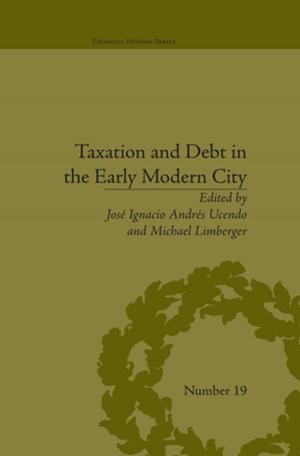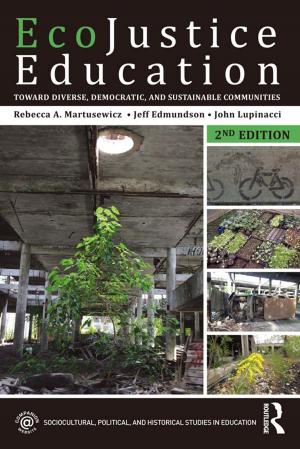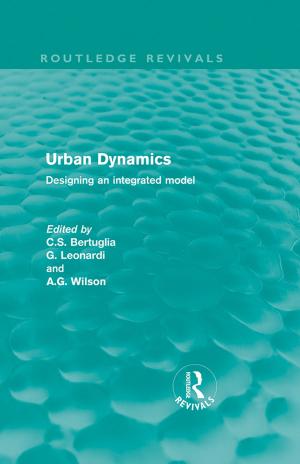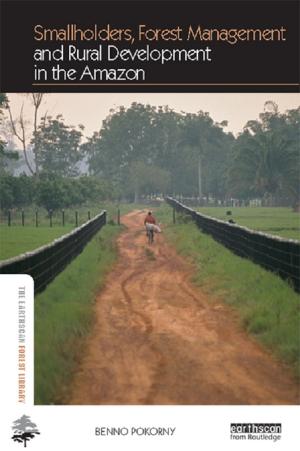| Author: | Barry Hutton | ISBN: | 9781136754159 |
| Publisher: | Taylor and Francis | Publication: | June 19, 2013 |
| Imprint: | Routledge | Language: | English |
| Author: | Barry Hutton |
| ISBN: | 9781136754159 |
| Publisher: | Taylor and Francis |
| Publication: | June 19, 2013 |
| Imprint: | Routledge |
| Language: | English |
Transport choices must be transformed if we are to cope with sustainability and climate change, but this can only be done if we understand how complex transport systems work. Straightforward choices are never made between one transport mode and another; door-to-door movements of both people and freight use combinations of different modes of transport.
This book offers a cross-disciplinary overview of transport systems and the ways in which they interact with urban and regional planning decisions and environmental issues. It offers a thoughtful critique of existing methodology and policy, raising issues, providing facts, explaining linkages and, particularly, stimulating debate. The book methodically explores the definitions, trends, problems, objectives and policies of transport planning. In particular the author looks at land use as a major determinant of the nature and extent of the demand for transport, concluding that the management of land use has to be a key element of any sustainable transport policy.
Planning Sustainable Transport will be essential reading for today’s transport specialists, planners and property developers. It will also be useful to postgraduate students in planning and related disciplines.
Transport choices must be transformed if we are to cope with sustainability and climate change, but this can only be done if we understand how complex transport systems work. Straightforward choices are never made between one transport mode and another; door-to-door movements of both people and freight use combinations of different modes of transport.
This book offers a cross-disciplinary overview of transport systems and the ways in which they interact with urban and regional planning decisions and environmental issues. It offers a thoughtful critique of existing methodology and policy, raising issues, providing facts, explaining linkages and, particularly, stimulating debate. The book methodically explores the definitions, trends, problems, objectives and policies of transport planning. In particular the author looks at land use as a major determinant of the nature and extent of the demand for transport, concluding that the management of land use has to be a key element of any sustainable transport policy.
Planning Sustainable Transport will be essential reading for today’s transport specialists, planners and property developers. It will also be useful to postgraduate students in planning and related disciplines.















